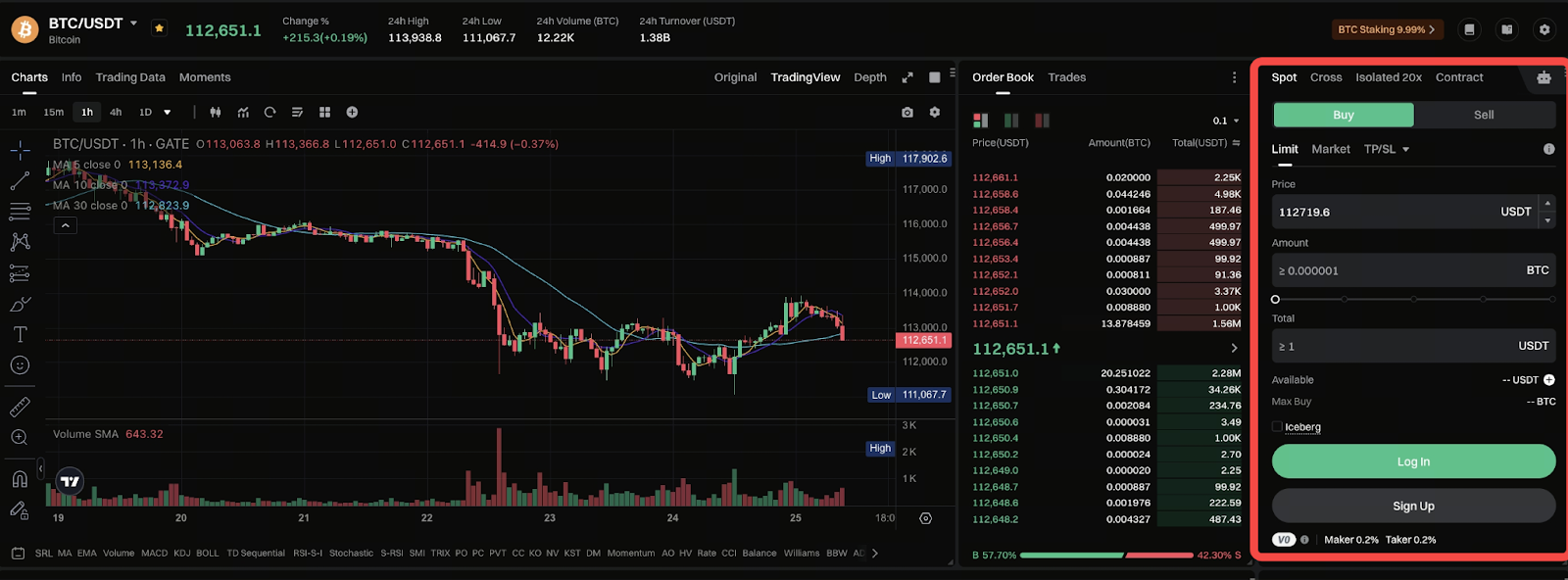What Is a Limit Order? Basics of Cryptocurrency Trading
In cryptocurrency trading, a pending order allows investors to set their desired buy or sell price in advance. Unlike market orders, pending orders enable users to specify the exact price they want, and the platform automatically executes the trade when the market reaches that level. This approach helps investors achieve greater precision in their trading objectives. It also reduces the risk of missing opportunities due to market volatility.
1. What Is a Pending Order?

A pending order is an instruction on a trading platform to buy or sell an asset at a specific price that is not immediately executed. Unlike market orders, pending orders remain open until market conditions meet the specified criteria, at which point they are automatically filled.
2. Types of Pending Orders and How They Work
Common pending order types in cryptocurrency trading include:
- Limit Order: Automatically executes when the market price hits the price set by the user.
- Stop-Loss Order: Triggers a sell order automatically when the market price falls to the specified stop-loss level; these orders are designed to limit losses.
- Take-Profit Order: Triggers a sell order automatically when the market price reaches the specified take-profit level; these orders are designed to secure profits.
3. The Role of Pending Orders in Crypto Trading
Pending orders are widely used in both short-term and long-term crypto investment strategies. For example, investors may place buy orders to purchase a token if its price drops to a certain threshold or set sell orders to exit a position when the price rises to a target level. By leveraging pending orders, investors can automate trade execution during price swings without constant market monitoring.
4. Benefits and Risks of Pending Orders
Pending orders offer investors the advantage of setting trade prices in advance and reducing the need for manual intervention, particularly in volatile markets. However, there are risks: if the market never reaches the designated price, the order may remain unfilled. Over-reliance on pending orders can also result in missed short-term opportunities.
5. Executing Trading Strategies Using Pending Orders
When setting up pending orders, investors should base their target prices on market trends and their own risk tolerance. By using pending orders thoughtfully, investors can implement more agile strategies in crypto trading, whether for long-term investments or short-term swing trades.
6. Summary and Practical Recommendations
Pending orders are a vital tool for cryptocurrency traders. Mastering pending orders can significantly improve trading efficiency. Investors should set prices strategically based on market conditions and stay alert to market changes to optimize trading results.
Related Articles

Pi Coin Transaction Guide: How to Transfer to Gate.io

Flare Crypto Explained: What Is Flare Network and Why It Matters in 2025

How to Use a Crypto Whale Tracker: Top Tool Recommendation for 2025 to Follow Whale Moves

What is N2: An AI-Driven Layer 2 Solution

Understand Baby doge coin in one article
